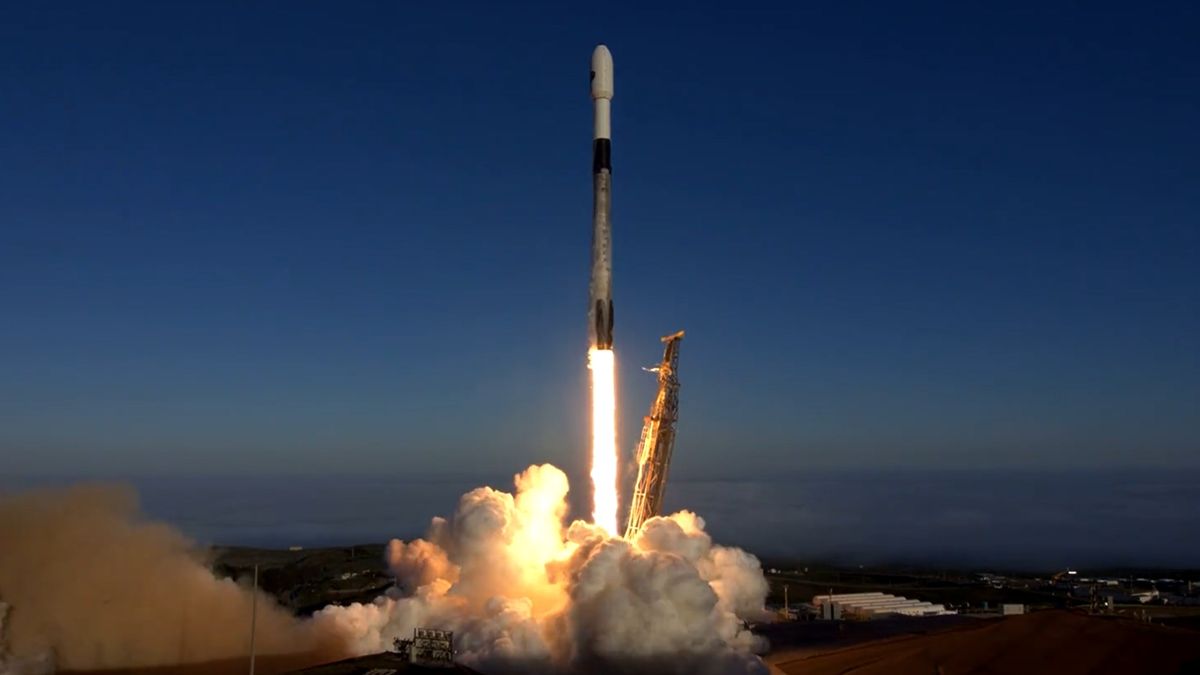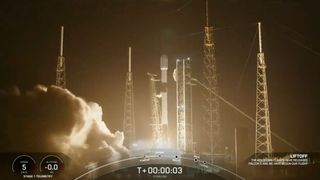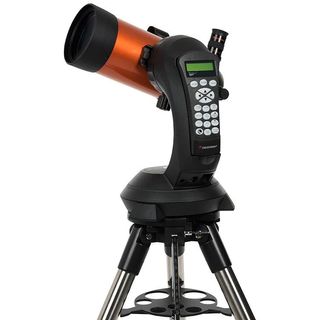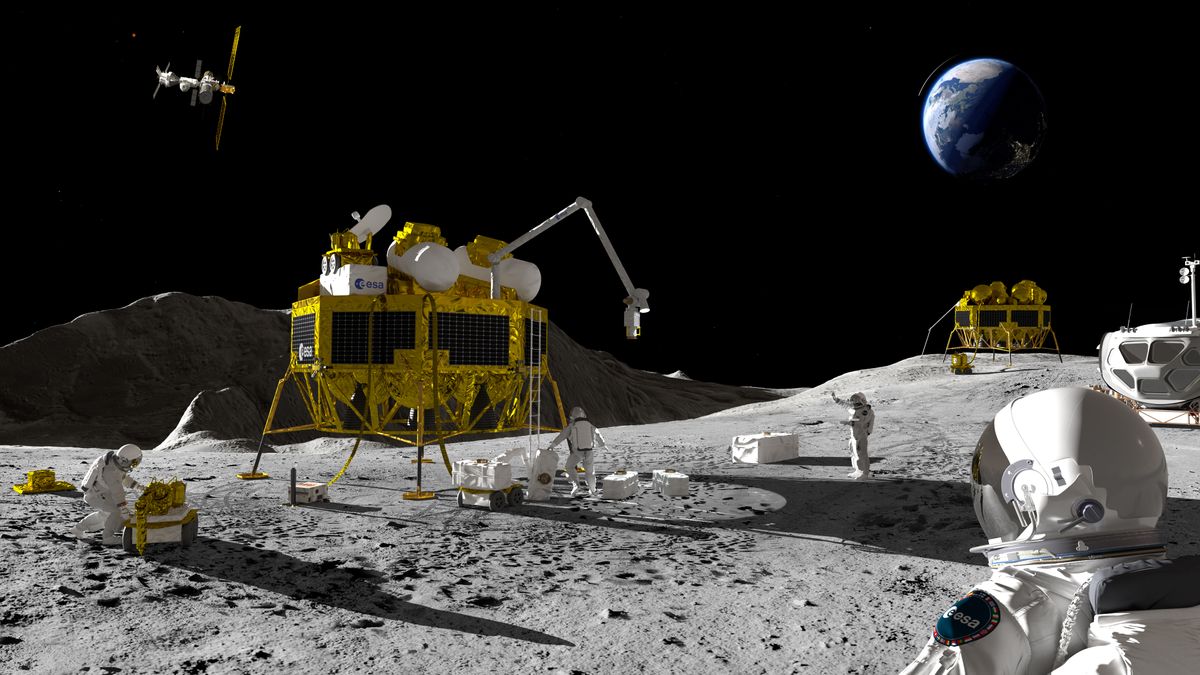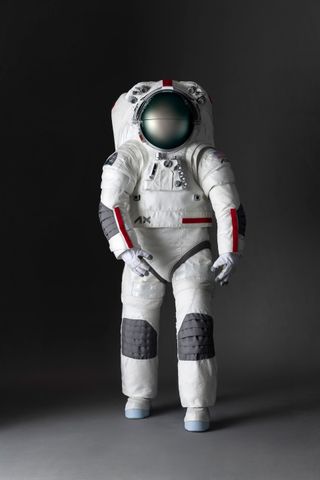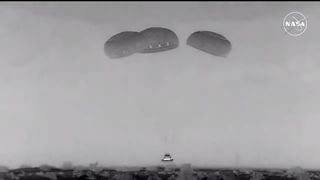Starfield’s hopeful exploration of mankind’s future among the stars (with a healthy dose of zany sci-fi thrown in too) seemed to convince enough critics when the game launched a little over a year ago, but it also faced harsh criticism from longtime Bethesda fans and players expecting much more advanced game design. Does the Shattered Space expansion fix any of those central issues? The short answer is: no, not really. Bethesda Game Studios seems to be quite proud of Starfield overall, and it makes sense that the studio is sticking…
Read MoreCategory: Solar System
Our solar system
This Week In Space podcast: Episode 133 —Red Moon Rising
Red Moon Rising – Artemis, Commercial Space, and the China Challenge – YouTube Watch On On Episode 133 of This Week In Space, Rod Pyle and Tariq Malik talk with Greg Autry on the progress of the Artemis moon program, space science, and the challenges posed by a fast-rising Chinese space program. Dr. Autry is the Associate Provost for Space Commercialization and Strategy at the University of Central Florida, visiting Professor at Imperial College London, former NASA transition team member, and author of “Red Moon Rising.” We’ll also highlight the…
Read MoreNew ‘Dune: Prophecy’ trailer unveils the prequel series’ grand scope (video)
Dune: Prophecy | Official Series Trailer | Max – YouTube Watch On HBO’s “Dune: Prophecy” is poised to be an irresistible miniseries for “Dune” fans when its six-episode season enters our galaxy on Nov. 17, 2024 on HBO and Max. The initial teaser rolled out back in May, but today (Oct. 18) at NYCC during the “Dune: Prophecy” panel on the Empire Stage that included showrunner Alison Schapker, executive producer Jordan Goldberg, and cast members Emily Watson, Olivia Williams, Travis Fimmel, Sarah-Sofie Boussnina, Josh Heuston, Chloe Lea, and Jessica Barden,…
Read MoreUS Space Force awards SpaceX $730 million to launch at least 9 national-security missions
SpaceX just added another batch of launches to its already-busy manifest. The U.S. Space Force announced on Friday (Oct. 18) that it has awarded SpaceX $733.6 million, in the form of two “National Security Space Launch Phase 3 Lane 1 Launch Service Task Orders.” Together, the two task orders cover seven launches for the Space Development Agency (SDA) and one “mission set” for the National Reconnaissance Office (NRO), according to Space Force officials. “In this era of Great Power Competition, it is imperative to not leave capability on the ground,”…
Read MoreSpaceX launches 20 Starlink internet satellites from Florida (video)
SpaceX sent yet another batch of its Starlink internet satellites to orbit tonight (Oct. 18). A Falcon 9 rocket topped with 20 Starlink craft, including 13 with direct-to-cell capability, lifted off from Florida’s Cape Canaveral Space Force Station tonight at 7:31 p.m. EDT (2331 GMT). The Falcon 9’s first stage came back to Earth about 8.5 minutes after liftoff as planned, landing on the SpaceX drone ship “Just Read the Instructions” in the Atlantic Ocean. A SpaceX Falcon 9 rocket launches 20 of the company’s Starlink internet satellites from Florida’s…
Read MoreComet Tsuchinshan-ATLAS is still visible in the night sky, but not for long
Have you seen comet Tsuchinshan-ATLAS yet? If you’ve not been able to glimpse the bright, icy space rock that’s traveled from the edge of the solar system, it’s not too late. But you need to see it soon. The coma and long tail of comet Tsuchinshan-ATLAS, also called C/2023 A3 (Tsuchinshan–ATLAS), is currently shining at magnitude +0.5. That’s well within the grasp of the human eye. It’s likely now past its best, but only just, and will likely remain a naked-eye object after sunset in the west until, and possibly…
Read MoreEurope launches ambitious ‘Moonlight’ program to support lunar exploration
MILAN — The European Space Agency (ESA) is building infrastructure to support lunar exploration. ESA officially launched the Moonlight Lunar Communications and Navigation Services (LCNS) program here at the International Astronautical Congress on Tuesday (Oct. 15), with the aim of providing services for the more than 400 moon missions planned by space agencies and private companies over the next two decades. Moonlight will be a constellation of five lunar satellites, which together will enable precise, autonomous landings and surface mobility, according to ESA, while facilitating high-speed communication and data transfer…
Read MoreThe best 90s sci-fi movies
The 1990s was a time of firsts in the sci-fi genre – the beginnings of much-loved franchises, an exploration of new technologies, and a chance for directors to create new worlds like never before. It was a decade of risk-taking and trendsetting that still to this day continues to inspire the movie landscape from reboots to remakes, to sequels and prequels. Whether they’ve been successful or not, there’s no doubt that the 1990s most certainly thrived. Big A-List stars were invested in the genre, much like the best 80s sci-fi…
Read MoreA 21st-century moon suit: Axiom Space’s lunar spacesuit sports 4G comms, Prada looks and Oakley visors for Artemis astronauts
MILAN — If you’re going to team up with Prada for a 21st-century moon suit, it only makes sense to unveil it in one of the fashion capitals of the world. Axiom Space and Prada revealed the Axiom Extravehicular Mobility Unit (AxEMU) spacesuit in a press conference held at the International Astronautical Congress (IAC) here today (Oct. 16). AxEMU will be used for NASA’s Artemis 3 mission, which is currently scheduled to launch in late 2026. It has been specially designed for the lunar south pole, which will be a…
Read MoreWhen will Boeing’s Starliner fly astronauts again? NASA still doesn’t know
NASA is still unsure when it will next put astronauts on Boeing’s Starliner spacecraft, which experienced issues during its first crewed test flight this summer. Starliner‘s next “potential” crewed mission to the International Space Station (ISS) in 2025 “will be determined once a better understanding of Boeing’s path to system certification is established,” NASA officials wrote in a statement on Tuesday (Oct. 15). NASA and Boeing are still reviewing the requirements for Starliner’s certification, after propulsion problems arose on the first test flight with astronauts, which launched on June 5,…
Read More


